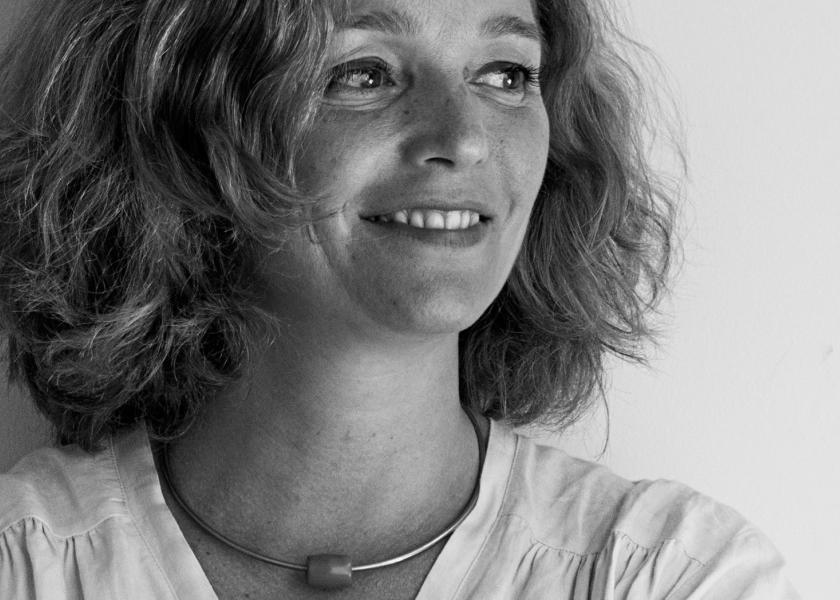Chema Madoz
Hidden in Nature
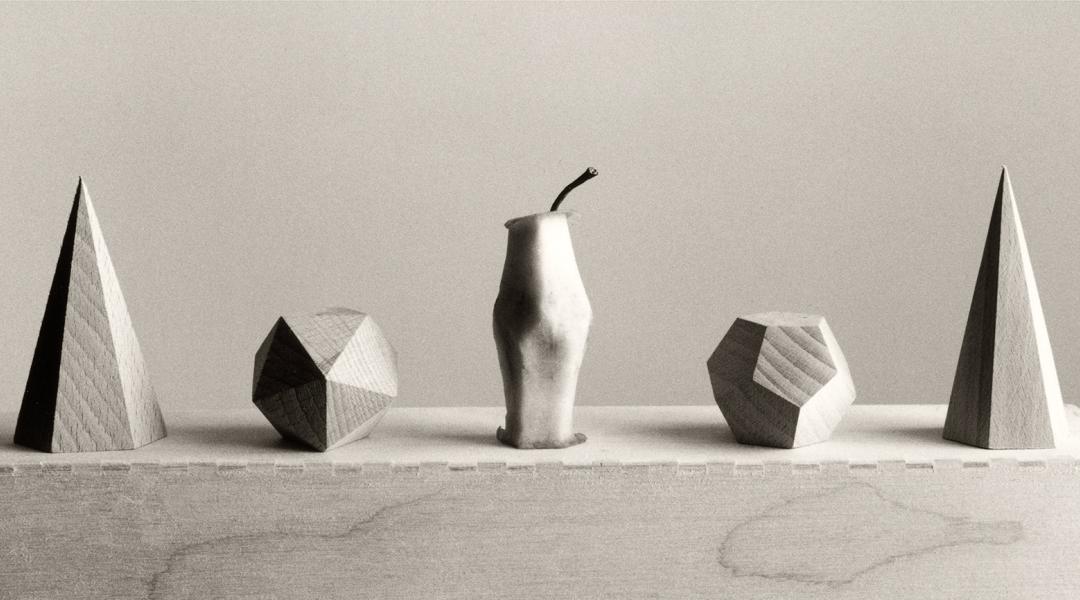
Known for his language in black and white and his visual metaphors, photographer Chema Madoz has been turning everyday objects into open-ended questions since the 80s. His exhibition ‘La naturaleza de las cosas’ [The nature of things] can be seen at the Botanical Gardens in Madrid until March 1
You could say that the poetic photography and visual metaphors created by photographer Chema Madoz (Madrid, 1958) were conceived in a kitchen oven. At just four years of age, his mother had signed him up to private lessons to learn how to read and write, taught by a woman in her kitchen. And since in that class there were more children than space around the table, one day this clandestine teacher opened the oven door, brought over a stool and invited him to sit at his new desk. “That image stuck with me, my notebook on the open oven door, which I usually recall to explain my photography. It took me completely by surprise to use it as a desk. Somehow, all my subsequent work has something to do with that spirit, to make the common use of objects look ridiculous”, reflects the photographer.
Today, Chema Madoz, National Photography Award (2000) and Premio PHotoEspaña (2000), is known as the artist of black and white visual poems, of absent titles and few words. He prefers his photos to speak on his behalf, although he agreed to talk to Talento a bordo about his exhibition, ‘La naturaleza de las cosas’ [The nature of things], which can be seen at the Pabellón Villanueva of the Real Jardín Botánico in Madrid.
How did this retrospection about photos related to nature come about?
To be honest, I wasn’t really in favour of revisiting my own work when I received the proposal to exhibit at the Botanical Gardens. To put together an exhibition that distinguished itself from the rest, I tried to make short series of motifs around which my photos revolved, such as music, time or literature, but in the end I could only bring together small collections without much to say.
Nevertheless, nature was a recurrent theme within your work...
I was also rather surprised to discover the number of images withing my photography that feature nature. Whenever I have spoken about my work to the press, everything revolves around the object. But the truth is that, in many of my photos, that object is interspersed with the concept or idea of nature: the world of minerals, animals or plants. It’s been nice to come to this realisation and become aware of this natural presence that is also very inspiring.
The exhibition also explains your creative process and the materials you work with. Aren’t you revealing too much?
No, I’ve always felt that somehow everything is in plain sight in my photos. It’s obvious how that image has been achieved. Because they’re images that are constructed and prepared with intention: the camera is only placed in that position to achieve the image. For this reason, showing my sketches and initial drawings in a display cabinet helps me to put some distance between the material object and the photographic image. The object is somewhere else: with specific lighting, certain aspects are set aside, and black and white take it to the next level. You build a small set design which, when photographed, transforms into something else. That’s the role of photography.
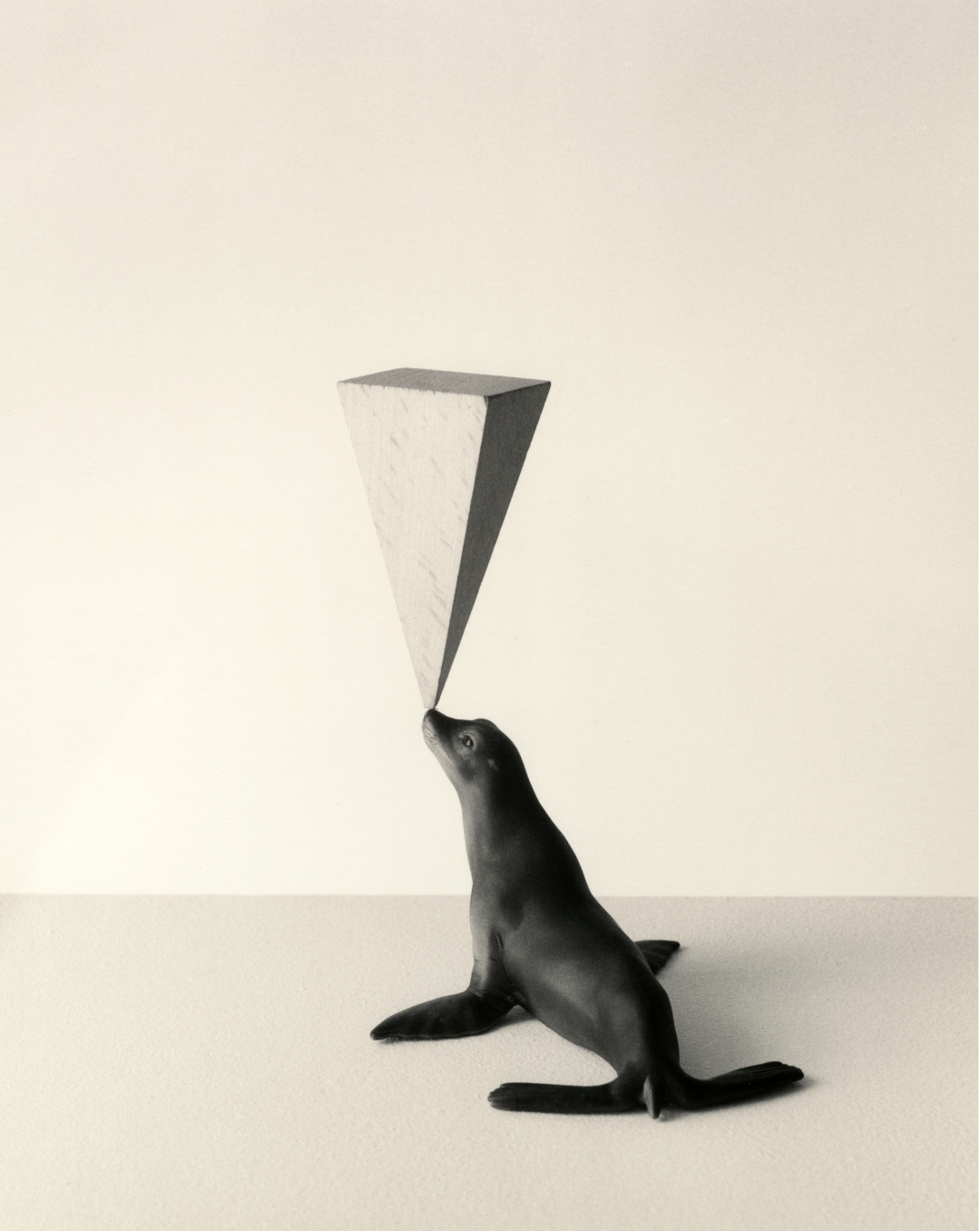
‘Sin Título’ [Untitled], by Chema Madoz. © Courtesy of La Fábrica
Do you still shoot with the Hasselblad camera that you started with in the 80s?
That Hasselblad is still with me, but now I also use a digital camera. What hasn’t changed is the process: it’s still the same, I still build and pay particular attention to the composition. What can vary is the type of file you obtain, negative or digital. I rarely take the camera out, I’d rather take notes, sketches, drawings... Then I look for the elements and build the scene to see if it works.
Do you still look for interesting objects at flea markets?
Yes. It’s something that I really enjoy, and here in Madrid I always have a route that I follow to find things. Every time I need something, I like to take a stroll around the markets, second-hand markets, El Rastro... It’s just something that I do. Sometimes I find special or odd objects, but generally they’re quite common. I think that what’s important, both for me as a photographer and for the audience, is that the image allows you to recognise the object and its function. If it’s very odd, it tends to lead to confusion when interpreting the image. But if you have a relationship with that object, such as a comb or a wineglass, interpreting it always comes more naturally.
Does this have something to do with the reason why your photographs don’t have titles? Do you want the audience to give their own spin on them?
When they don’t have a title, it allows the audience to interpret them according to their own experience. You always find interesting interpretations, sometimes they even surprise me, but when they explain what they see, you understand. Often, my images have different levels of meaning, different angles. It brings more to the table. When you hang a photograph in an exhibition hall, you lose control over it. I believe that, in the same way that I face the object trying to find a different interpretation, the audience must do the same with that photo. It’s a two-way dialogue.
You’ve visually interpreted poems by Joan Brossa and one-liners by Ramón Gómez de la Serna. Which contemporary author could inspire your photography?
A couple of books by Cristóbal Serra that I was looking at the other day come to mind; funnily enough he also talks about pebbles and it reminded me of my ‘Piedras’ [Stones] series. I also find the poet Francis Ponge interesting, because he also reinterprets everyday objects. His universe is very close to mine.
Which creative phase would you say you’re currently in as a photographer?
I have the feeling that there’s a twist in the way that, even though I still work with objects, my images acquire a different character, and other themes and methods that I hadn’t stumbled upon until now. I’m currently in a research phase. With time, you try to become more open to different forms of construction, and touch on other topics, change photography methods, points of view... This is how you can look back and see a progression.
This image belongs to ‘Piedras’ [Stones], a series that takes me back to happy days on the beach with my son when he was little. I used to play with him and create shapes with pebbles in the sand, and that’s how one of my most well-known photographs came about. That’s the idea of the game, to try to share that creativity with him, to enjoy what you do and make someone else enjoy it too. It’s slightly naive but, nevertheless, they’re images that refer to the use of pebbles, which is also directly related to sculpture, which I find interesting.
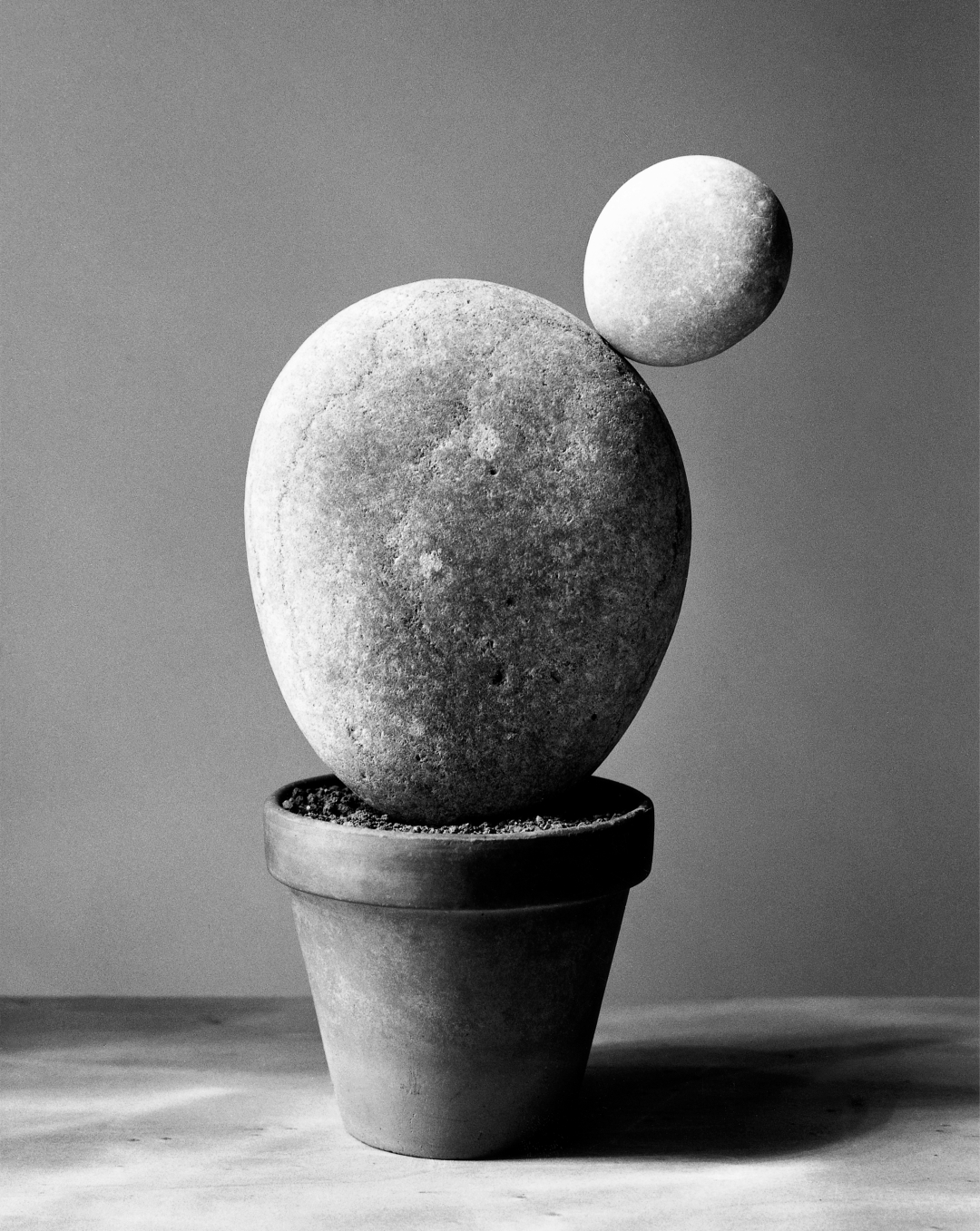
‘Sin Título’ [Untitled], by Chema Madoz. © Courtesy of La Fábrica
This image of the butterfly gives off a certain cruel vibe, opposite to my work, which normally has a kinder interpretation, a more poetic spirit. I like to alternate images with different perspectives. In the case of the butterfly, the idea is to put a twist on old insect collections, where butterflies are held in place with pins. And this is related to dead nature, it’s close to the ideal of beauty and its own cruelty and being a really good shot at darts.
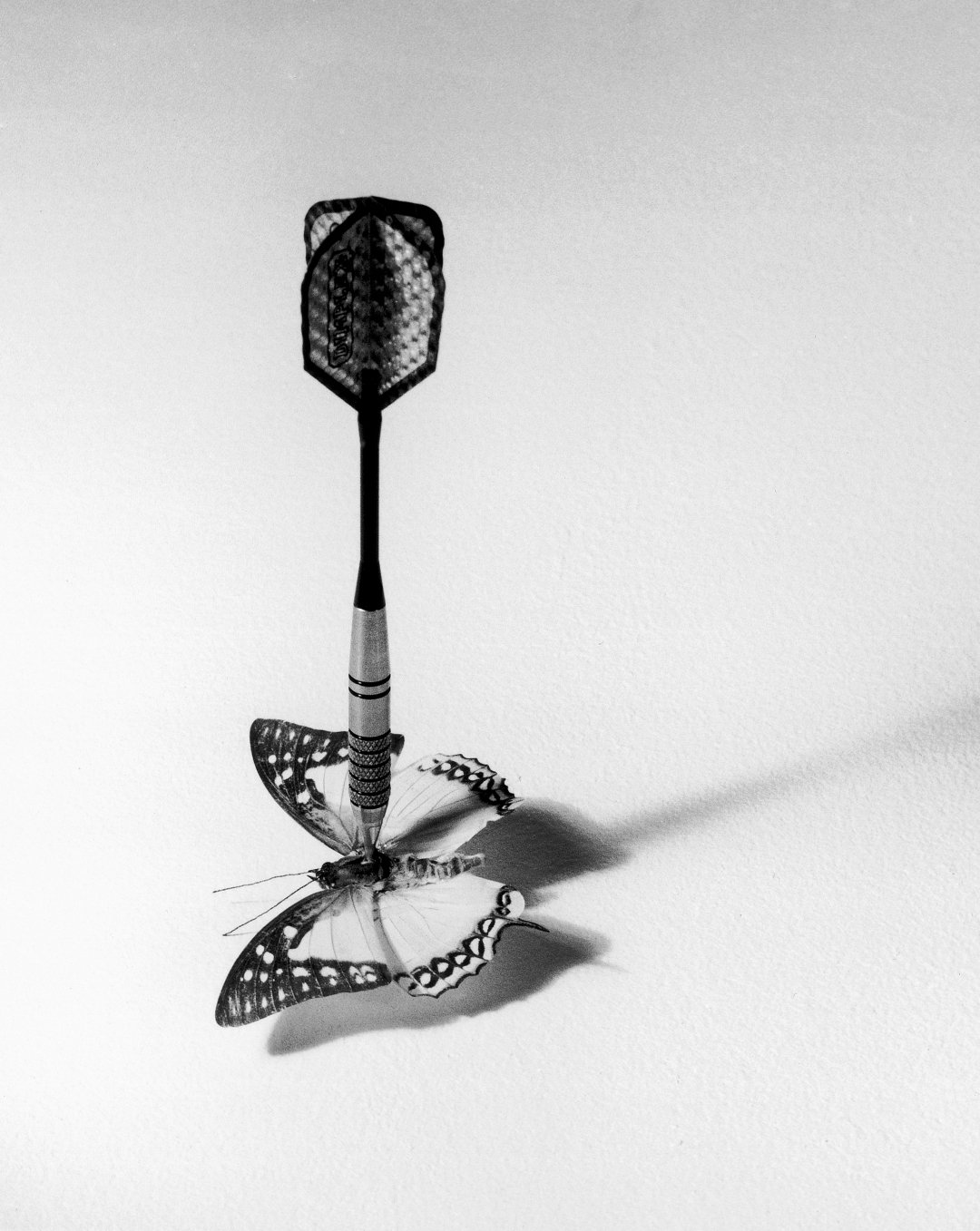
‘Sin Título’ [Untitled], by Chema Madoz. © Courtesy of La Fábrica
